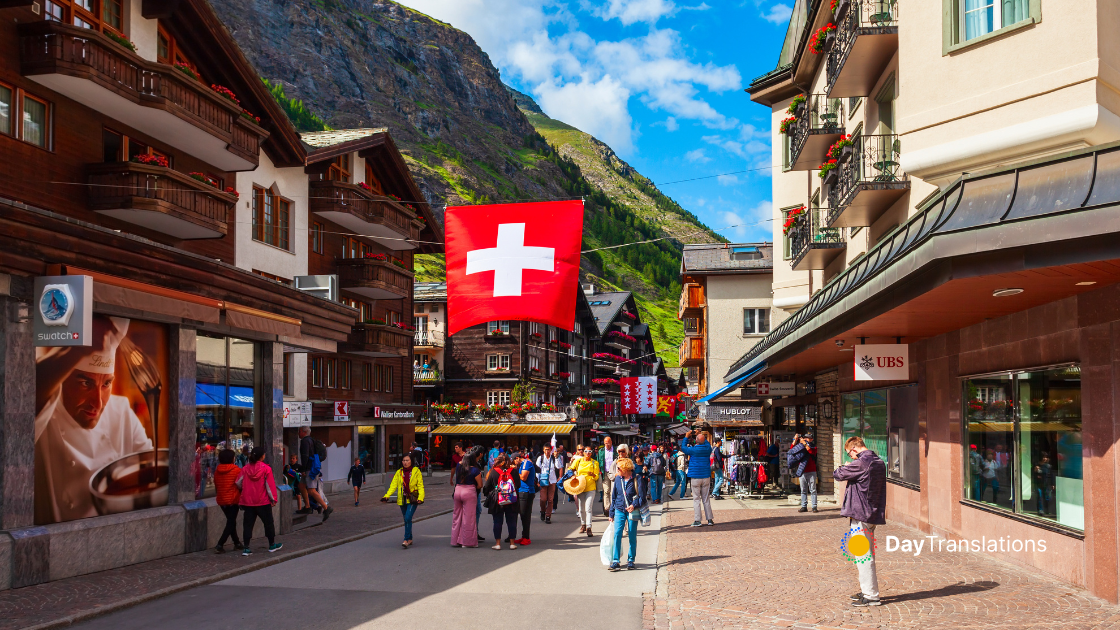Germany is the custodian of a vast historical and cultural heritage. Moreover, few countries are as strongly connected into the world economy as Germany. Germany is located at the very heart of Europe, bordering the Baltic Sea and the North Sea, separated by a brief border with Denmark. It shares borders also with: Austria, Belgium, Czech Republic, France, Luxembourg, Netherlands, Poland and Switzerland. Spoken by the citizens of economically developed countries like Austria, France, Switzerland, German is the most widely spoken mother tongue in the European Union.
:: Background of Germany ::
As Europe’s largest economy and second most populous nation, Germany is a key member of the continent’s economic, political, and defense organizations. European power struggles immersed Germany in two devastating World Wars in the first half of the 20th century and left the country occupied by the victorious Allied powers of the US, UK, France, and the Soviet Union in 1945. With the advent of the Cold War, two German states were formed in 1949: the western Federal Republic of Germany (FRG) and the eastern German Democratic Republic (GDR). The democratic FRG embedded itself in key Western economic and security organizations, the EC, which became the EU, and NATO, while the Communist GDR was on the front line of the Soviet-led Warsaw Pact. The decline of the USSR and the end of the Cold War allowed for German unification in 1990. Since then, Germany has expended considerable funds to bring Eastern productivity and wages up to Western standards.”
In this Country Profile
:: Geography of Germany ::
Location: in Central Europe, bordering the Baltic Sea and the North Sea, between the Netherlands, Poland and south of Denmark. Land boundaries are also Belgium, Czech Republic, France, Luxembourg, Switzerland.
Geographic coordinates: 51 00 N, 9 00 E
Area:
total: 357,021 sq km.
Land: 349,223 sq km;
Water: 7,798 sq km.
Area – comparative: slightly smaller than Montana
Land boundaries: total: 3,621 km; border countries: Austria 784 km, Belgium 167 km, Czech Republic 646 km, Denmark 68 km, France 451 km, Luxembourg 138 km, Netherlands 577 km, Poland 456 km, Switzerland 334 km.
Coastline: 2,389 km
Maritime claims: territorial sea: 12 nm; exclusive economic zone: 200 nm ; continental shelf: 200-m depth or to the depth of exploitation
Climate: temperate and marine; cool, cloudy, wet winters and summers; occasional warm mountain (fohn) wind.
Terrain: lowlands in north, uplands in center, Bavarian Alps in south.
Elevation extremes: lowest point: Neuendorf bei Wilster -3.54 m; highest point: Zugspitze 2,963 m
Natural resources: coal, lignite, natural gas, iron ore, copper, nickel, uranium, potash, salt, construction materials, timber, arable land
Land use: arable land: 33.13% permanent crops: 0.6% other: 66.27% (2005), irrigated land: 4,850 sq km (2003)
Natural hazards: flooding
Environment – current issues:
emissions from coal-burning utilities and industries contribute to air pollution; acid rain, resulting from sulfur dioxide emissions, is damaging forests; pollution in the Baltic Sea from raw sewage and industrial effluents from rivers in eastern Germany; hazardous waste disposal; government established a mechanism for ending the use of nuclear power over the next 15 years; government working to meet EU commitment to identify nature preservation areas in line with the EU’s Flora, Fauna, and Habitat directive.
Environment – international agreements:
party to: Air Pollution, Air Pollution-Nitrogen Oxides, Air Pollution-Persistent Organic Pollutants, Air Pollution-Sulfur 85, Air Pollution-Sulfur 94, Air Pollution-Volatile Organic Compounds, Antarctic-Environmental Protocol, Antarctic-Marine Living Resources, Antarctic Seals, Antarctic Treaty, Biodiversity, Climate Change, Climate Change-Kyoto Protocol, Desertification, Endangered Species, Environmental Modification, Hazardous Wastes, Law of the Sea, Marine Dumping, Ozone Layer Protection, Ship Pollution, Tropical Timber 83, Tropical Timber 94, Wetlands, Whaling
signed, but not ratified: none of the selected agreements.
:: People of Germany ::
Age structure:
0-14 years: 31.8% (male 13,292,961/female 12,690,711)
Population: 82,369,552 (July 2008 est.)
Age structure:
0-14 years: 13.8% (male 5,826,066/female 5,524,568)
15-64 years: 66.2% (male 27,763,917/female 26,739,934)
65 years and over: 20% (male 6,892,743/female 9,622,320) (2008 est.)
Median age:
total: 43.4 years
male: 42.2 years
female: 44.7 years (2008 est.)
Population growth rate: -0.044% (2008 est.)
Birth rate: 8.18 births/1,000 population (2008 est.)
Death rate: 10.8 deaths/1,000 population (2008 est.)
Net migration rate: 2.19 migrant(s)/1,000 population (2008 est.)
Sex ratio:
at birth: 1.06 male(s)/female
under 15 years: 1.06 male(s)/female
15-64 years: 1.04 male(s)/female
65 years and over: 0.72 male(s)/female
total population: 0.97 male(s)/female (2008 est.)
Infant mortality rate: total: 4.03 deaths/1,000 live births; male: 4.46 deaths/1,000 live births; female: 3.58 deaths/1,000 live births (2008 est.)
Life expectancy at birth: total population: 79.1 years; male: 76.11 years female: 82.26 years (2008 est.)
Total fertility rate: 1.41 children born/woman (2008 est.)
HIV/AIDS – adult prevalence rate: 0.1% (2001 est.)
HIV/AIDS – people living with HIV/AIDS: 43,000 (2001 est.)
HIV/AIDS – deaths: fewer than 1,000 (2003 est.)
Nationality: noun: German(s) adjective: German
Ethnic groups: German 91.5%, Turkish 2.4%, other 6.1% (made up largely of Greek, Italian, Polish, Russian, Serbo-Croatian, Spanish)
Religions: Protestant 34%, Roman Catholic 34%, Muslim 3.7%, unaffiliated or other 28.3%
Languages: German
Literacy:
definition: age 15 and over can read and write;
total population: 99%;
male: 99%; female: 99% (2003 est.)

Sorry, the comment form is closed at this time.